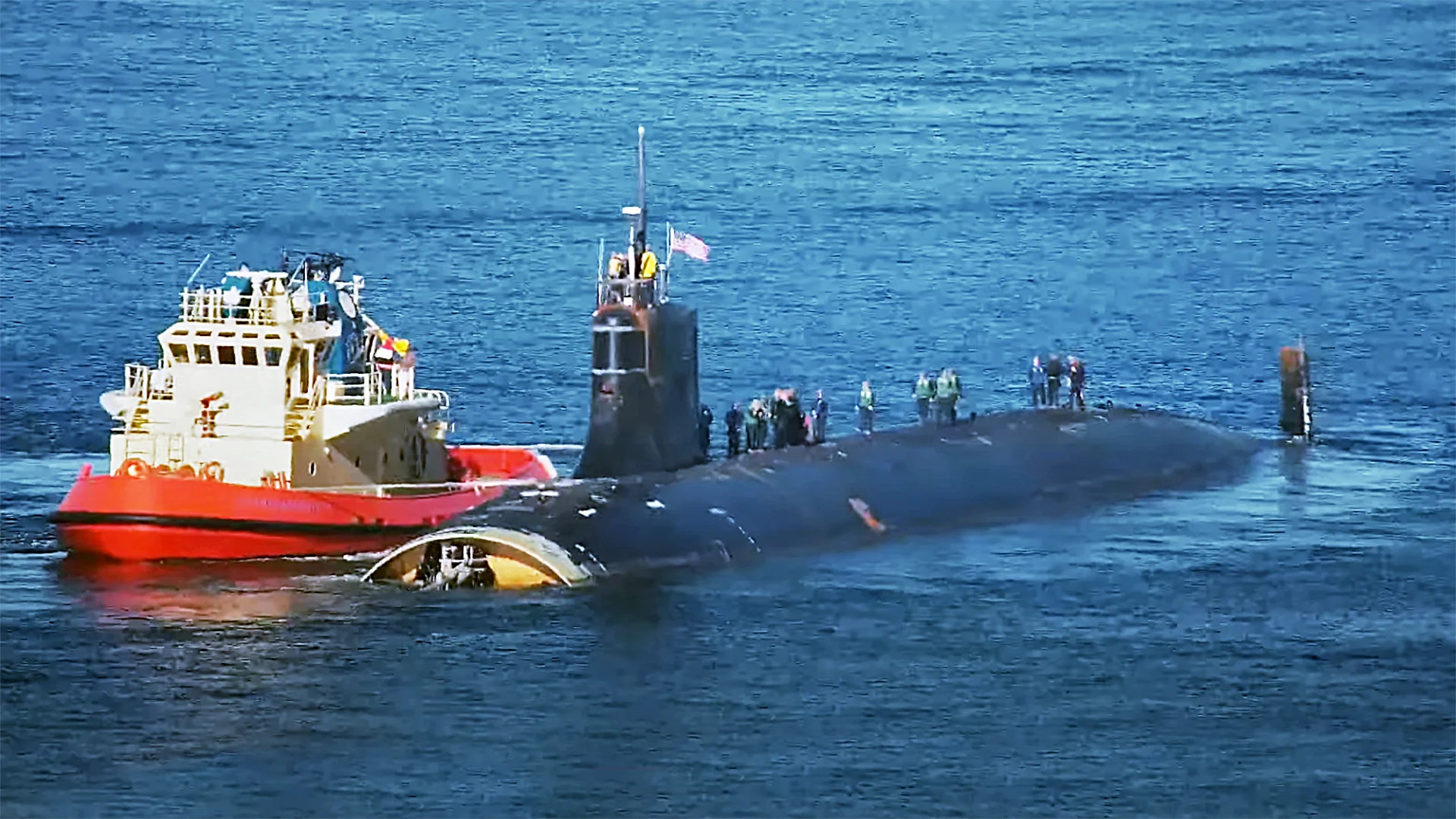HalcyonDaze
Contributor
Kind of arguable what Shinano was supposed to be; her construction was initially paused in December 1941 (about 18 months into her construction) because the IJN felt a) she would not be ready until 1945 anyway and b) with Pearl Harbor and the destruction of Force Z in Malaysian waters some were seeing the writing on the wall for battleships. The IJN also wanted to free up her drydock for other work, but first they would have to either scrap what was already built or get the hull to the point where it could be floated out. They chose the latter. Then Midway left the IJN four carrier hulls down and the decision was made to convert her to a carrier (at this point she was about 45% complete and some of the battleship-specific elements such as the armor scheme and forward main battery barbettes were in place).
Shinano was not supposed to be a frontline asset; as planned she was supposed to only carry an active air group of about 40 aircraft while holding 120 aircraft in storage. She would hang back behind the strike force (at this point the IJN was hurriedly trying to build the Unryu-class, which were essentially wartime efficency versions of the prewar Hiryu), supplying them or island bases with fresh aircraft and taking on damaged aircraft for repairs. It's worth noting that of the four major carrier battles of 1942 the IJN arguably "won" two of them in terms of carriers sunk (Coral Sea and Santa Cruz), but their air wings were so severely degraded in the process that they had to cede the field. As such, her top speed was only projected to be 27 knots, as opposed to the intended 32-34 knot speeds of the Unryu-class. She was on track for completion in April 1945, but this was rushed after the fall of the Marianas in June 1944 put Japan in range of strategic bombers. Trying to meet an October 1944 launch deadline led to shoddy and incomplete work, which didn't pass the unscheduled flooding test administered by USS Archerfish 10 days after commissioning.
As far as her being a "supercarrier," I'd argue against that. Besides her intended role being as more of an auxiliary unit, ~90 aircraft was about the practical limit for what one carrier could effectively manage in terms of flight ops and control (which was a problem the USN's Midway-class ships were confronted with, before larger and jet-propelled aircraft reduced their theoretical maximum air wings to 60-75 aircraft).
Shinano was not supposed to be a frontline asset; as planned she was supposed to only carry an active air group of about 40 aircraft while holding 120 aircraft in storage. She would hang back behind the strike force (at this point the IJN was hurriedly trying to build the Unryu-class, which were essentially wartime efficency versions of the prewar Hiryu), supplying them or island bases with fresh aircraft and taking on damaged aircraft for repairs. It's worth noting that of the four major carrier battles of 1942 the IJN arguably "won" two of them in terms of carriers sunk (Coral Sea and Santa Cruz), but their air wings were so severely degraded in the process that they had to cede the field. As such, her top speed was only projected to be 27 knots, as opposed to the intended 32-34 knot speeds of the Unryu-class. She was on track for completion in April 1945, but this was rushed after the fall of the Marianas in June 1944 put Japan in range of strategic bombers. Trying to meet an October 1944 launch deadline led to shoddy and incomplete work, which didn't pass the unscheduled flooding test administered by USS Archerfish 10 days after commissioning.
As far as her being a "supercarrier," I'd argue against that. Besides her intended role being as more of an auxiliary unit, ~90 aircraft was about the practical limit for what one carrier could effectively manage in terms of flight ops and control (which was a problem the USN's Midway-class ships were confronted with, before larger and jet-propelled aircraft reduced their theoretical maximum air wings to 60-75 aircraft).




